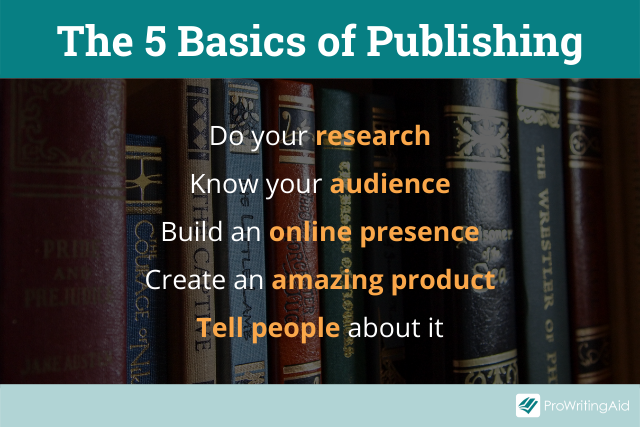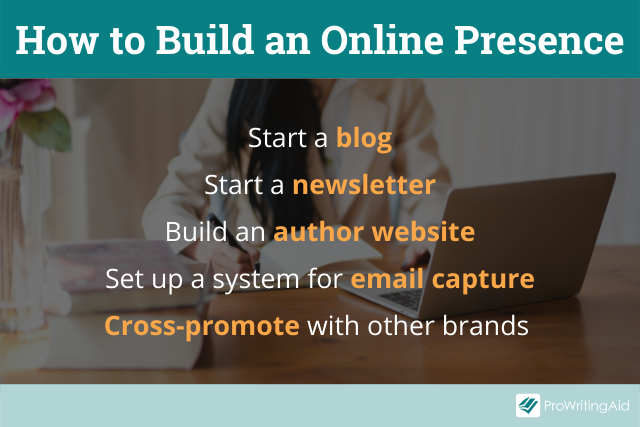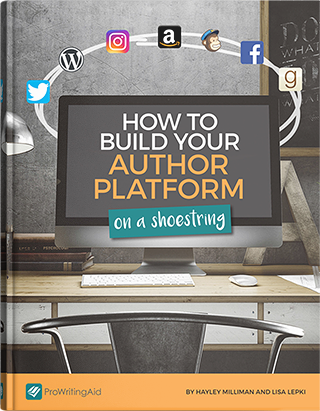
Connection is at the heart of storytelling. In the fast-paced world we live in, that basic human need for connection is becoming more important than ever.
One of the best ways to establish a meaningful connection with your readers is through ecommerce.
Utilizing ecommerce to sell your books cuts out the go-between and puts you in touch with your audience, directly.
Getting started with ecommerce, much like getting started with publishing, can be intimidating. But the good news is, once you are familiar with one, you can apply the same approach to the other.
Confused? Let me explain. As Lulu’s Brand Engagement Manager, I am constantly creating new content to help authors publish and prosper.
The other day I was considering how to help people sell their books directly with ecommerce. Whilst I was going through best practices like do your research, know your audience, find your niche, build an online presence… it hit me. These are the exact steps you have to go through to publish your book!
Let’s go over the five basics for publishing a book and how these rules can be applied to creating a successful ecommerce business.
1. Do Your Research
Before you can successfully publish your book and reach your sales goals, you need to do your research.
You might have a great idea for a book or online store, but it won’t work if you don’t learn about the landscape you’re getting into.

Research: Before Publishing
Before you dive in to writing your book about a beloved college professor who’s also a serial killer, here are a list of questions to help you adequately position your book.
- What other similar books are out there?
- Have those books been successful?
- What kind of reviews did they get?
- What are readers saying they want more (or less) of?
- How long did it take the authors to write the books and how did they promote them?
- What social media strategies are these authors employing?
You can use these questions as a guide to ensure you’re creating something that hasn’t been done before, and that people will be receptive to.
Research: Before Starting an Online Store
Now let’s apply these principles to your online store.
Maybe you want to sell all kinds of things, not just your awesome thriller novels. Here are some questions you’ll want to answer before getting started.
- What other brands are doing this?
- When you’re shopping online, which websites make the experience enjoyable and which are overwhelming?
- Are you drawn to a simple aesthetic or do you like bold designs?
- How do similar websites make the shopping process easier or harder for visitors?
- Pro tip: sign up for email lists for the websites and brands you enjoy. See what the onboarding experience is like for new customers and if you think it could work for you.
After spending time online thinking about what makes a pleasurable shopping experience versus an infuriating one, you can start to design your website and optimize your customer journey.
Before optimizing your customer journey, you need to know who your customers are and what they want.
2. Know Your Audience
Who is your audience? Who is your store for? The answer is not everyone.

Think about your three favorite, or least favorite, people. Do they all shop at the same places and do the same things? Probably not. So you need to be clear about who your ideal customer is.
Back to your thriller novel. Now you know about similar novels out there and how readers responded to them, you can ask questions about your ideal audience.
- Where do they go to find new books?
- What websites do they frequent to learn about the thriller genre?
- What newsletters are they signing up for?
- What blogs are they reading?
- What other authors are they following and what social media platforms are they most active on?
- What conferences and events do they attend to get their fill of thrill?
When you’re working on your book, it’s helpful to create a reader persona to understand who your audience is and how to connect with them.
And it’s the same for your ecommerce store!
Now that you’ve done some research to determine what you will sell and how to create an optimal shopping experience for your ideal customers, you can use a slight variation of the questions above.
- Where are your ideal customers going to find new products similar to yours?
- What websites are they frequenting to buy these items?
- What pain points are they experiencing?
- What do they love about these websites?
- What newsletters are they signing up for?
- What blogs are they reading?
- What other brands are they following and what social media platforms are they most active on?
Find Your Niche
Now that you’ve found your audience, where they spend time, and what they like and dislike, you can hone in on what sets you apart!
For books, this could be a sub-genre or obscure subject matter. For your brand, this could be unique graphics or bold designs.

It could be that you do a YouTube video or Instagram Live every time you drop a new product, or maybe you have a quirky mascot like a manatee riding a motorcycle that everyone loves.
Once you have done research on the market and your ideal audience, you’ll know what’s already out there and what you can leverage that’s unique about you and your brand.
3. Build an Online Presence
Now you know who your target audience is, you need to build your brand. This step will look almost identical for authors.
At this point, you should know what else is out there, and what social channels are most effective for your audience.
So go there and set up shop! Start playing around with posting schedules, platforms, and content until you start seeing results. For authors, one of the first things we always recommend is to build an author website and set up some form of email capture.
If you’re setting up a webstore, building your email list from day one is imperative.
Once you have an email list, you can start a newsletter. Send out your newest blog posts, and tell your audience about sales, promotions, and new products.
Another great option for reaching a wider audience online is to cross-promote with other brands or organizations that align with your content and vision.

4. Create an Amazing Product
It doesn’t matter how much research or time you put into steps 1, 2, and 3 if your product is mediocre.
For authors, this involves perfecting the content of your book and hiring quality editors and cover designers to bring it all together. You should always order a proof copy to make sure your final print product looks just right.
The same goes for anything else you want to sell. You need to test the product, the order process, the return process,and everything else along the way. This will help you to see where the pitfalls are and how you can address them.
If you’re using any of Lulu’s direct sales options, we call this “end-to-end” testing; it’s like a dress rehearsal before the big show.
You don’t want to get to opening day before realizing your order form is missing an address field or there’s no way for customers to contact you.
5. Tell People About It!
Last, but obviously not least—tell people about your store! If you’ve done your research, know your audience and have made a good product, this step doesn’t have to feel inauthentic or sales-y.
When you’re ready to publish your thriller, you’re doing that because you know people will love it.
Reading your book will bring joy to the lives of your audience, so telling people about your book is not like selling snake oil. It’s providing another version of something they already love.
It’s the same with anything else in your store.
You made this product with your customers in mind and you know it’s better and different from everything else out there. By letting them know about your products, you’re helping them find more of the things they like and enjoy.
Whether you’re working on publishing your first book or setting up your first ecommerce store, the basic principles are the same.
Taking the time to research the market and learn about your audience will never be a wasted effort. No matter if it’s books or brands, this blueprint will get you on your way to creating something amazing.


